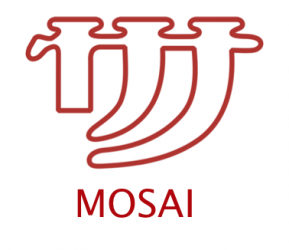Section 1: Trade and Cultural exchanges
- The textile exchange between Japan and India During the 16th and 19th Centuries : From the viewpoint of techniques and design of traded textile by Dutch merchants
- Cultural Exchanges between Japan and Mughal India in the 17th Century
- Indigenisation of Traditional Performing Arts in Japan : Transformation of Indian Elements in Gagaku
- Katsuta Shōkin: A Japanese Painter at the Government School of Art, Calcutta, 1905–1907
- Ruptures and Continuity in Pan-Asianism : New Insights into India-Japan Artistic Exchanges in the first half of the Twentieth Century
- Indigo and Its Impact on East Asian Textile
- Sari-Kimono and the Making of a Transnational Craftscape
Section 2: Social and community interactions
- What does Devi do? Uncovering Women’s Worlds in Japan’s Sindhi Merchant Diaspora
- Co-learning between Japan and South Asia: Through Jimotogaku Community Mapping Method
- Voices from the Margins: Community Knowledge as an ‘Alliance of Hope’
Section 3: Discovering each other
- In search of a non-Western education model: Syed Ross Masood of Hyderabad turns to Japan
- An Uncommon View of Meiji Japan: Through the Eyes of Two Bengali Youths
- A historical study of Tenjiku(天竺) Recognition in Japan
Section 4: Sharing concerns and technology
- Japanese shipping and India since the late 19th century
- India-Japan historical linkages in the field of railway technology: Transition from individual development to cooperative innovation
- A comparison between the current and 60-year-old conditions of sultanate heritage in Delhi:Digital archive, Institute for Advanced Studies of Asia, the University of Tokyo
- Early Scientific Investigations on Earthquakes in India: Influence of Japanese Seismologists on the development of Earthquake resilient construction in Northeast India

